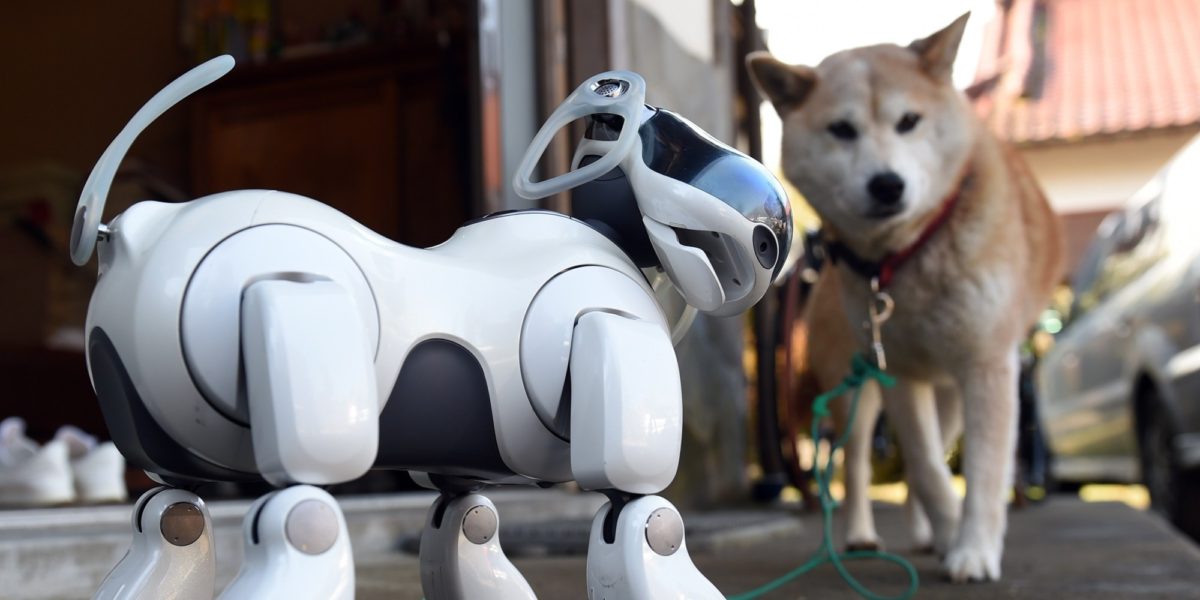Have you expected that technological advances will revolutionize pets role in the human society?
Keeping pets is very common, especially in the Western Countries. The main reason for having them is simple – companionship. But real animals need money, time and space. As the world population grows we are getting short of all three and it is becoming more and more difficult to afford a real pet. Limitations that we would have to deal with, could become an advantage for robot pets. Robot pets don’t need water, food or exercise. You may think this idea ridiculous but recent studies show that robotic pets can show the same feelings and reactions that real animals do. And since robot animals can meet this need, they provide similar benefits to real ones.
You may say that that they don’t look like a real pet but do you remember Tamagotchi? This could probably be the precursor of the artificial pet technology. I was all not about the physical appearance but about the the relationship the user had with it. Interactions between robotic animals and people have become a rigorous subject of research. The Sony AIBO dog, considered to be the most popular robotic pet, has been introduced to a group of children. What is interesting, scientists have found no difference between the children’s attitude towards AIBO and real animals. They treated it as it was a real dog. Another intriguing case of a positive human-robot relationship is Paro – robotic seal, which has been classified as a medical device in american hospitals. Real animals are undesirable in such places like hospitals but robotic ones can become a nice substitute in this situation. So far, robots are very popular as a companion for the elderly in Japan. They have been tasked with taking care over older people and relieving burden from the human caregivers. In addition, robots are now more and more often used in research instead of real animals.
The pace of artificial pets development is tremendous. The question is whether robotic pets will someday replace animals or will become a convenient alternative for them.
Sources:
http://www.livescience.com/596-move-rover-robotic-pet-friend.html
http://www.techradar.com/news/world-of-tech/fur-real-whatever-happened-to-robotic-dogs–1308079
http://journal.frontiersin.org/article/10.3389/fvets.2015.00011/full
http://www.businessinsider.com/robotic-cat-is-the-perfect-pet-for-seniors-2015-11?international=true&r=US&IR=T


Hi Adrianna
Thank you for this post. At first I was a bit skeptic about this concept, however the cases that you presented are somewhat convincing. I do see some potential in robotic pets as they do not require the necessary care that real animals do. Some people want a pet but simply do not have the time, money or physically ability to take care of one. This alternative could be a great replacement. However, I do not think that organic pets will be replaced completely.
Robotic and organic pets do have some important differences. Personally, it seems nearly impossible to build a mutual emotional connection with a robot as it does not feel natural. Moreover, it not being organic may lead to irresponsible behaviour. How long did you actually take care of your Tamagotchi?
I do see some potential in this product but nothing that will be groundbreaking for the pet market. As of now, I think that this product will most likely be treated as a toy rather than an actual pet. Making it the most suitable and attractive for a young audience.
Sources:
http://www.trendhunter.com/trends/robot-pet